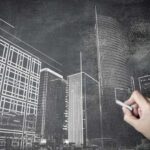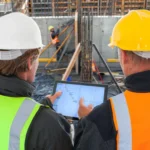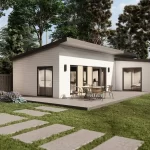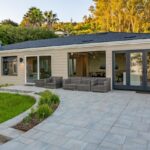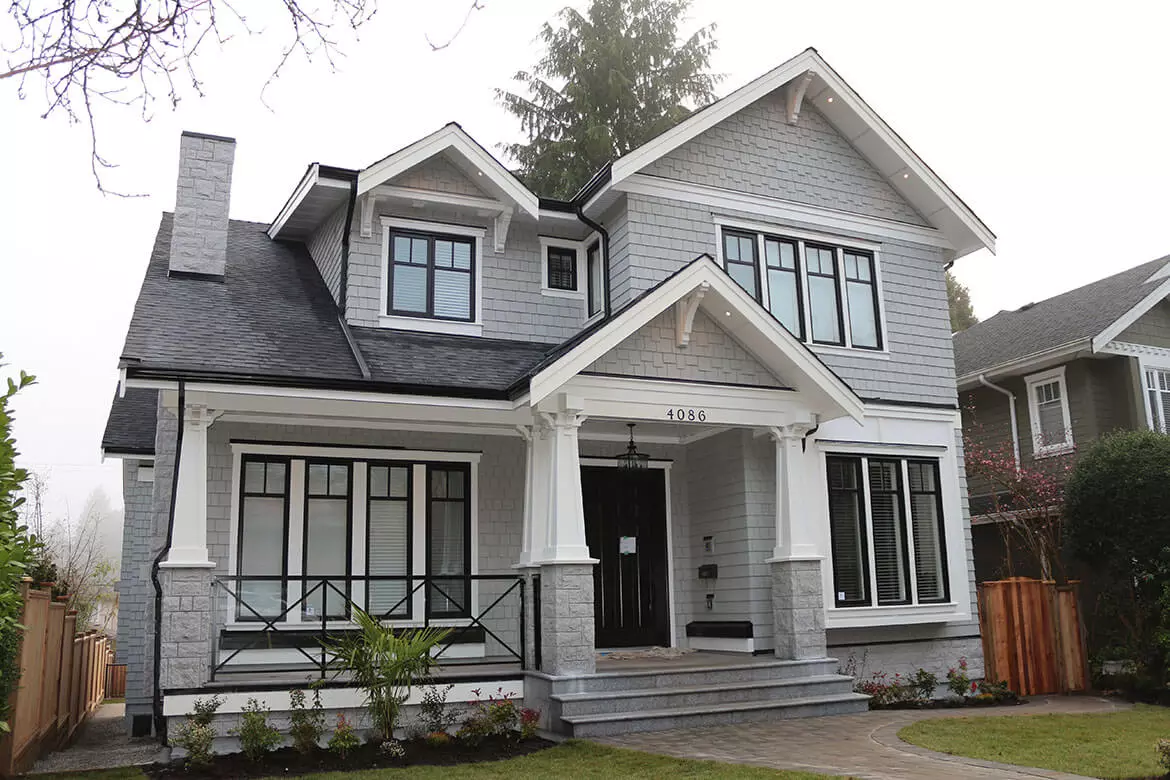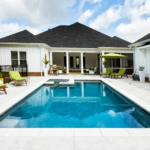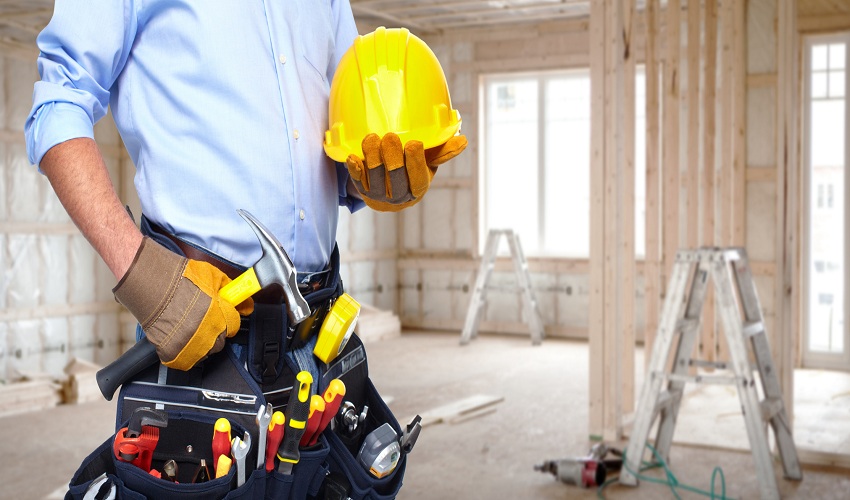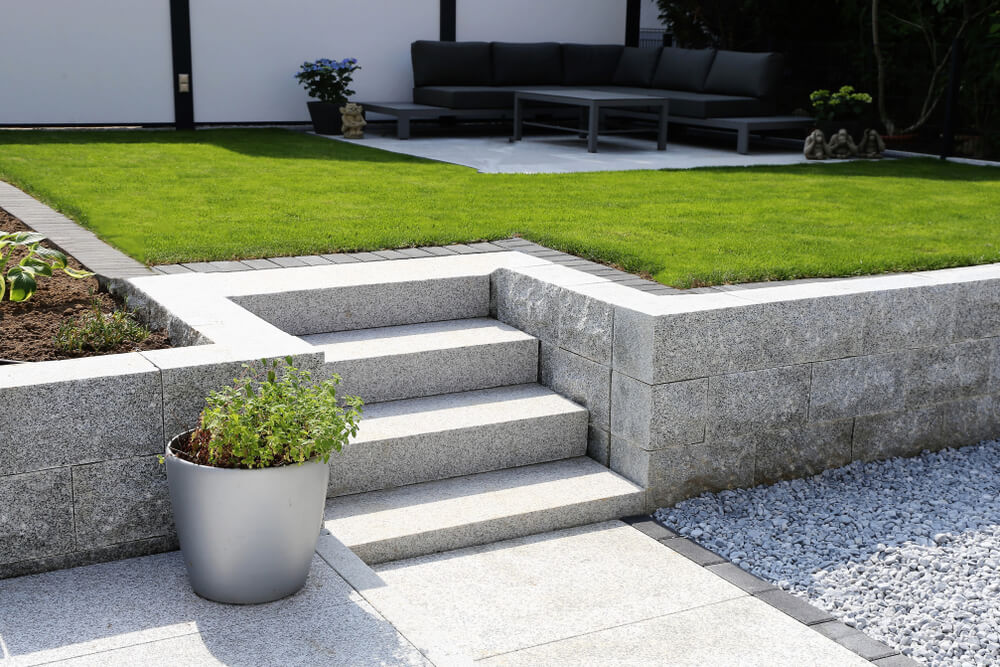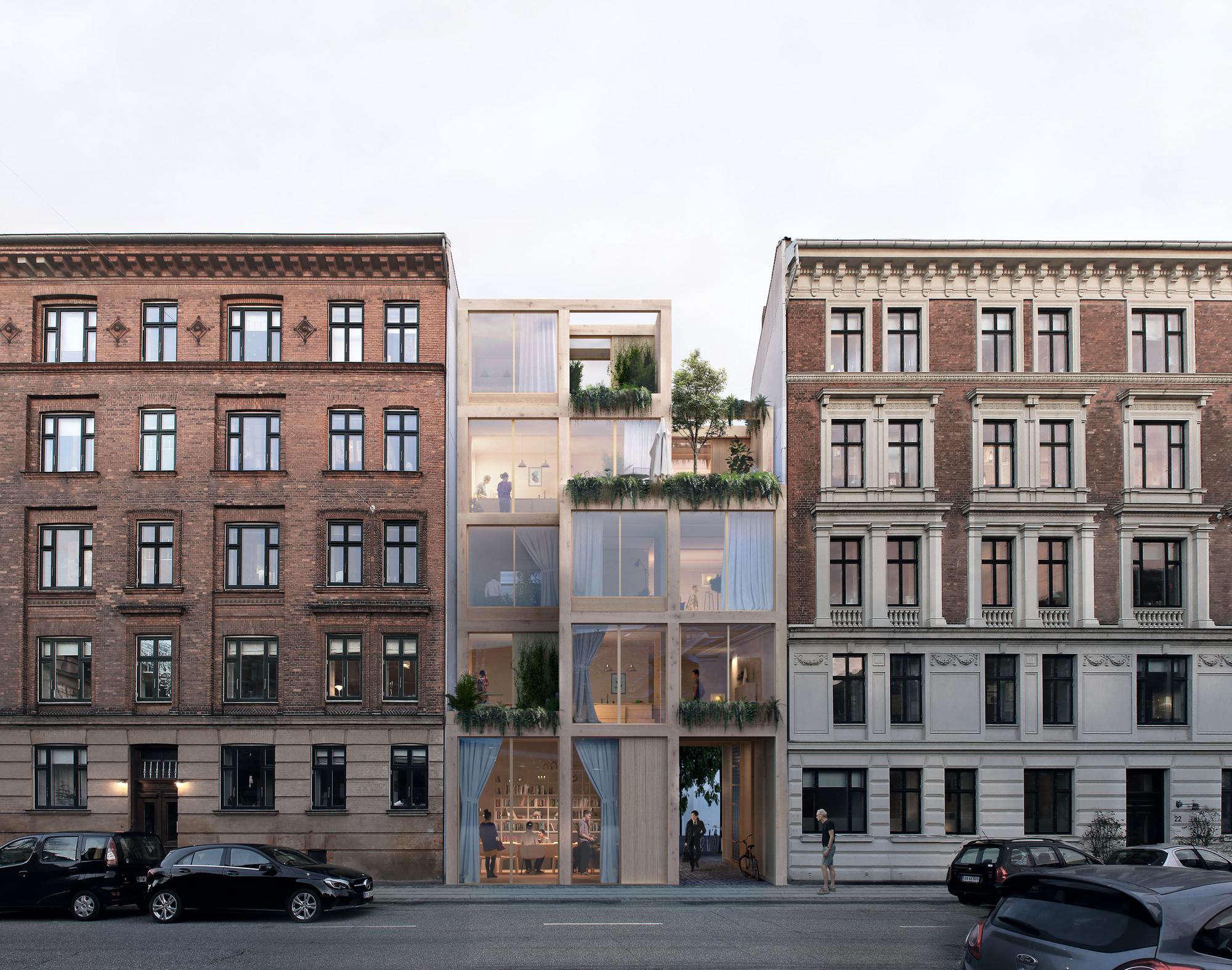
Urban living presents numerous challenges, including environmental concerns, limited green spaces, social isolation, and traffic congestion. The Apex Building showcases how innovative architectural designs can address these issues, creating sustainable and livable urban environments.
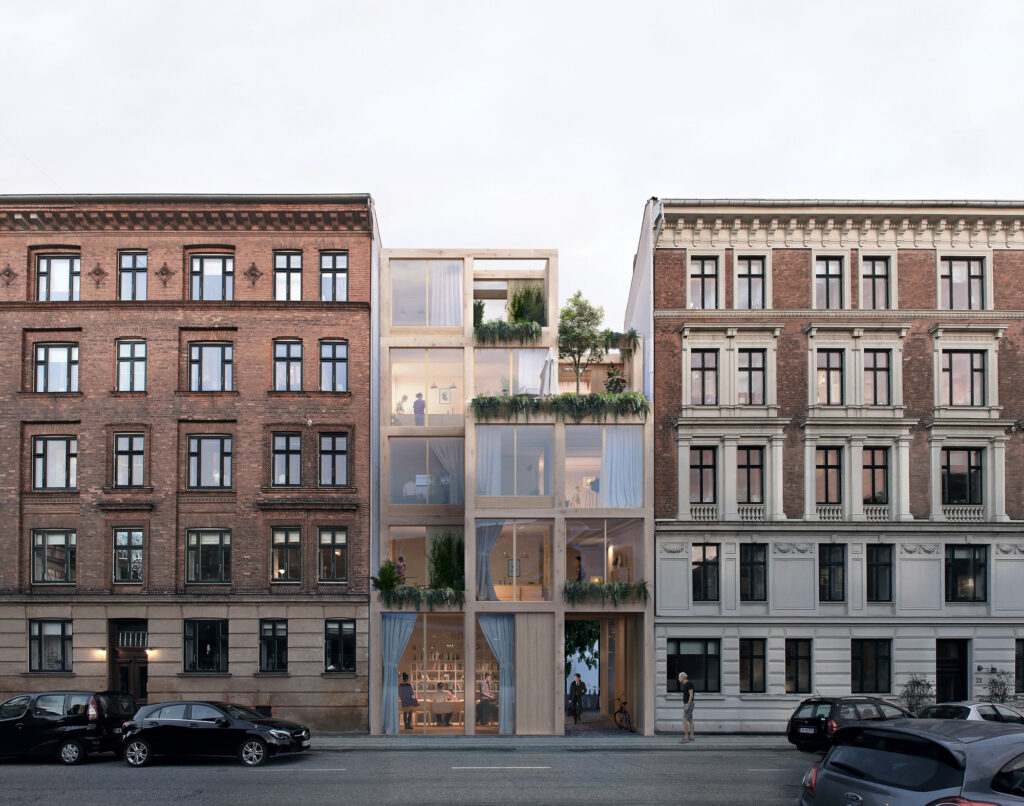
Tackling Environmental Sustainability
Urban areas often struggle with high energy consumption and waste production. The Apex Building integrates several eco-friendly features to mitigate these environmental impacts.
Energy Efficiency
The building is equipped with advanced energy-efficient technologies such as solar panels, smart lighting, and high-efficiency HVAC systems. These innovations significantly reduce energy consumption, lower operating costs, and decrease the overall carbon footprint.
Water Management
The Apex Building employs comprehensive water management systems, including rainwater harvesting and greywater recycling. These systems reduce water wastage and ensure a sustainable water supply, addressing the critical issue of water scarcity in urban areas.
Creating Green Spaces
Urban development often leads to the reduction of green spaces, impacting residents’ well-being and environmental health. The Apex Building incorporates green design elements to counteract this trend.
Vertical Gardens
The building features vertical gardens and green walls, which not only beautify the structure but also improve air quality by absorbing pollutants and producing oxygen. These green spaces provide a natural respite for residents, enhancing their mental and physical well-being.
Rooftop Parks
Rooftop parks in the Apex Building offer communal spaces for recreation and relaxation. These areas foster community interaction and provide essential green spaces in dense urban settings, contributing to a higher quality of life.
Combating Social Isolation
In densely populated urban areas, social isolation is a growing concern. The Apex Building incorporates design elements that promote social interaction and community building.
Shared Amenities
The building includes various shared amenities, such as communal kitchens, lounges, and fitness centers, which encourage residents to interact and form social bonds. These spaces are designed to be inviting and accessible, fostering a sense of community.
Cultural and Social Events
Regularly organized cultural and social events within the Apex Building create opportunities for residents to engage with one another. These events help build a vibrant community and reduce feelings of isolation among urban dwellers.
Reducing Traffic Congestion
Traffic congestion is a major problem in urban areas, leading to increased pollution and stress. The Apex Building offers solutions to minimize the need for daily commuting.
Mixed-Use Development
By combining residential, commercial, and recreational spaces within one structure, the Apex Building reduces the necessity for long commutes. Residents can live, work, and play in the same building, significantly cutting down on travel time and reducing traffic congestion.
Public Transportation Access
Strategically located near major public transportation hubs, the Apex Building encourages the use of public transit over personal vehicles. This accessibility promotes a sustainable urban lifestyle and helps alleviate traffic issues.
Conclusion
The Apex Building is a pioneering example of how modern architecture can address the multifaceted challenges of urban living. By prioritizing environmental sustainability, creating green spaces, fostering community, and reducing traffic congestion, it offers a comprehensive solution for enhancing urban life. This innovative approach not only improves residents’ quality of life but also sets a new standard for future urban developments.

Elena Mohr is a dedicated home blogger who has been blogging for over six years. She covers everything home related. Elena also loves writing posts about her travels to Europe with her husband and two children.

